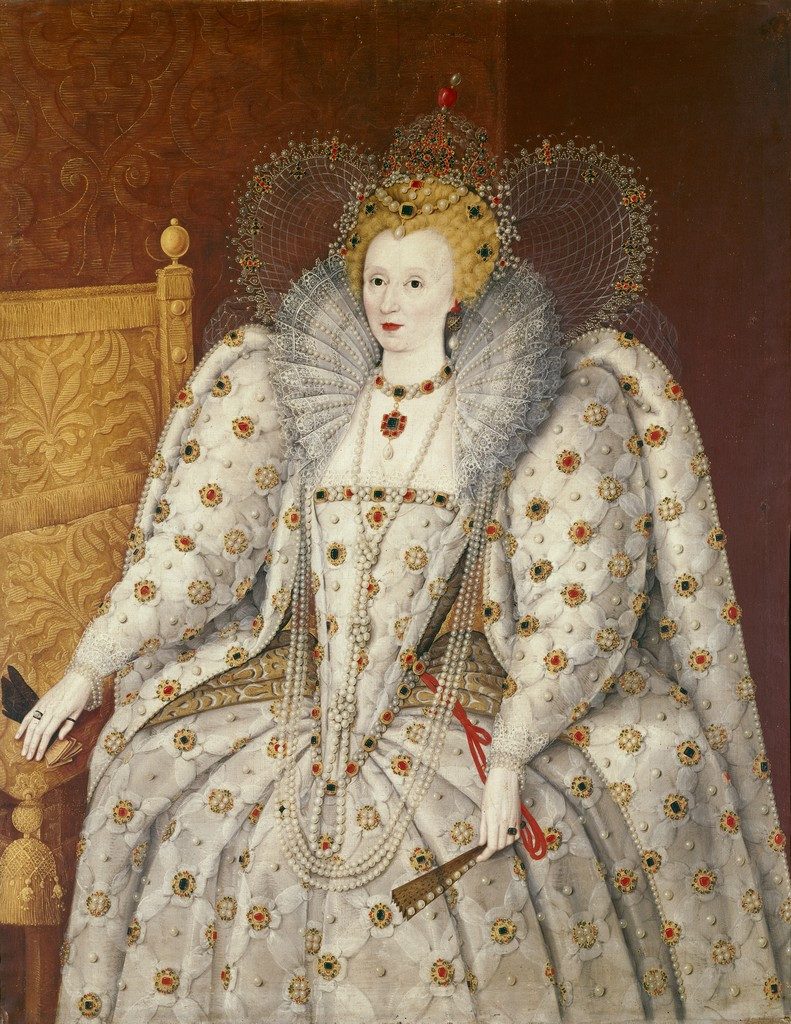By: Rachel Horning

Even in popular media today, people are fascinated with the lives of monarchs. Movies are constantly portraying princesses, princes, kings, and queens as people who live luxurious lifestyles in fancy castles without another care in the world. This seemingly antiquated system of government is not as common in the twenty-first century as others. However, a thousand years ago monarchies were common forms of government in which the king or queen was a prominent political leader. One leader would rule over a kingdom of people, passing legislation and negotiate treaties to ideally maintain peace and balance in their kingdoms.
Monarchies
A monarchy is a political system where “supreme authority is vested in the monarch, an individual ruler who functions as the head of state” (Kostiner). Most of the time, the title of monarch was passed down to males, only being given to a female if she had no brothers. While it may have appeared that monarchs ruled their kingdoms alone, in reality there were groups of people in the background who helped run the kingdom. Monarchs were closely tied to noble families who helped them perpetuate a “court society” that catered toward the elite, as well as boards of advisors who they “delegated the authority to govern their states” (Kostiner). Monarchs were tasked with building armies and fighting in wars, as well as engaging in foreign diplomacy with neighboring kingdoms. The responsibilities monarchs took on was immense. This, in addition to the inheritance of the title of monarch, could lead to the possibility of poor leadership.
Divine Right to Rule
Many monarchies in the medieval and early modern periods were also based on a “sacred right to rule,” meaning that the king, or queen on rare occasions, was chosen by God as the rightful ruler of the kingdom (Kostiner). Some monarchies that were deeply rooted in Catholicism believed that monarchs were “God’s representatives on earth” (Kostiner). Since religious fervor was common, many people blindly followed this doctrine. They would believe that whatever the monarch did was justified because of the position they held, neglecting to sometimes realize that most monarchs sat on the throne because their parents did before them.
Divided Ideologies
But, as can be seen in modern political climates, humans can be incredibly opinionated. Political ideologies can drive a wedge between an otherwise united group of people. But because it can sometimes be dangerous to speak negatively about one’s head of state, writing is a medium which people employ to discreetly criticize society. The two texts Sir Gawain and the Green Knight and The Faerie Queene by Edmund Spenser will be compared to show the polarization of perceptions of monarchy from the Middle Ages to the early modern period. Sir Gawain and the Green Knight contains language that subtly critiques the monarchical system, while The Faerie Queene provides positive rhetoric in favor of monarchies. Through this, hopefully we will be able to see that even though we may think we are entirely different from our ancestors who have long since passed away, there are many things that can show us we are not as different as we may think.
Further Reading:
Sir Gawain and the Green Knight: A Condescending Commentary on the Monarchy?
The Faerie Queene: Spenser’s Ode to Queen Elizabeth I
Works Cited:
Kostiner, Joseph. “Monarchy.” Encyclopedia Britannica, Encyclopedia Britannica Inc., August 2019, https://www.britannica.com/topic/monarchy.